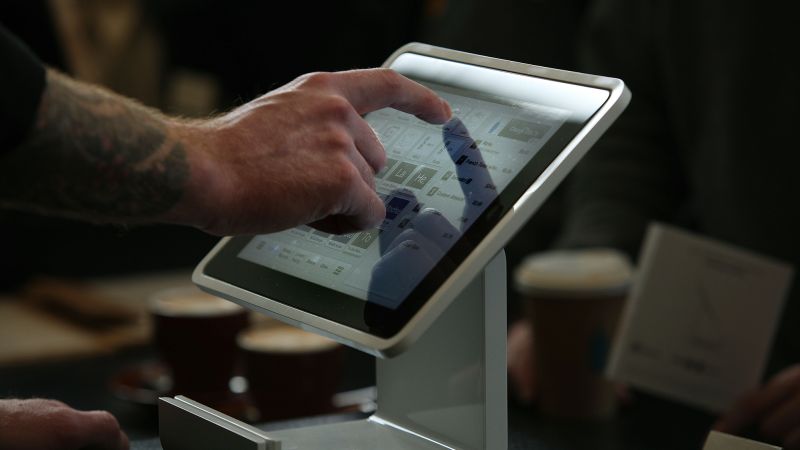
How much should you pay to work at the cafe?
The Rise of a Tipping Culture in the 21st Century: An Empirical Study of the Tipped Workplace and its Impact on the Society of Baristas
With Americans restarting their eating and traveling habits, leisure and hospitality businesses are scrambling to hire, some of them offering pay increases that are in line with inflation.
Tipped workers got a minimum wage in 1966. Although the federal minimum wage has not changed since 1991, many states require higher base wages for tipped employees. If a server’s tips don’t add up to the federal minimum, the law says that the employer must make up the difference. But this doesn’t always happen. Wage theft and other wage violations are common in the service industry.
The Department of Labor considers any employee working in a job that “customarily and regularly” receives more than $30 a month in tips as eligible to be classified a tipped worker. Experts estimate there are more than five million tipped workers in the United States.
Customers and workers today are confronted with a radically different tipping culture compared to just a few years ago — without any clear norms. Consumers are used to tipping service workers such as waiter, bartender and cashier, but baristas may be a new way of tipping for shoppers. It’s being driven in large part by changes in technology that have enabled business owners to more easily shift the costs of compensating workers directly to customers.
Customers are overwhelmed by the amount of places where they now have the option to tip and feel pressured about how much they should tip. Some people purposely walk away from the screen to avoid making decisions, says an experts who study tipping culture.
Lynn from Cornell said that the link between the quality of service and the tip amount is weak, despite the fact that it’s entirely subjective.
People are tipping less in part because of inflation, experts say. They are also overwhelmed with the number of places that give them the option to tip with a card on an iPad, leading people to be less generous.
Etiquette experts recommend that customers approach the touch screen option the same way they would a tip jar. If they would leave change or a small cash tip in the jar, do so when prompted on the screen.
William Scott wrote a 1916 novel, titled The Itching Palm, that argued against tipping as undemocratic as the relation of a master and slave.
“If someone can afford Starbucks every day, they can afford to tip on at least a few of those trips,” added the employee, who spoke under the condition of anonymity.
The practice of tipping was banned in several states in the early 1900s because of critics who argued that it had created an unfair amount of work.
The gig economy has also changed tipping norms. An MIT study released in 2019 found that customers are less likely to tip when workers have autonomy over whether and when to work. According to a University of Chicago study, more than half of the people who use the app never tip.
What makes it confusing, Lynn said, is that “there’s no central authority that establishes tipping norms. They come from the bottom up. Ultimately, it’s what people do that helps establish what other people should do.”
Paying Workers in High-Energy e-Task Networks: A Comparison of Traditional and Modern Approaches
Technology has made it easier for businesses to shift the costs of paying workers directly to their customers.

